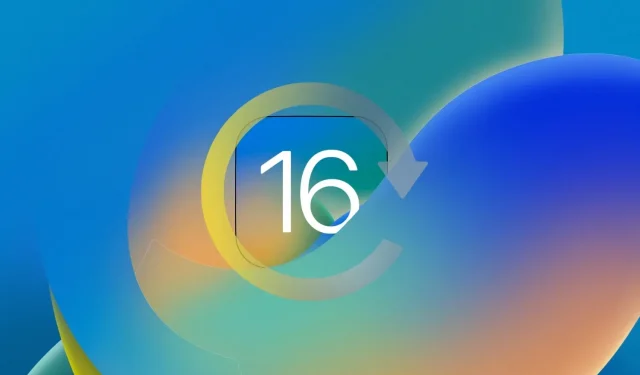Apple released iOS and iPadOS 16.4 on Monday, March 24 after an extended beta period with a host of new changes for mobile devices, including new emoji, web notifications, Always on Display improvements, support for offline 5G cellular connections, and more.
But as we at iDB expected from Apple after the release of the new firmware, the company has stopped signing previously released iPhone and iPad firmwares, namely iOS and iPadOS 16.3.1.
Apple’s decision to stop signing iOS and iPadOS 16.3.1 means users can no longer migrate from iOS and iPadOS 16.4 to 16.3.1 using the Command key + Restore button method in Finder for macOS or the Shift key + Restore button method in iTunes for Windows.
Without an official downgrade method, users who wanted to downgrade their iPhone or iPad’s firmware, either for jailbreak or to prevent a recent bug, had to resort to unofficial methods like FutureRestore. Unfortunately, FutureRestore no longer works reliably with iOS or iPadOS 16 on devices with an A12 chip or newer. However, downgrading should still work on A11 and older devices…
However, the palera1n-c jailbreak can be used to jailbreak A9-A11 devices running iOS and iPadOS 15.0-16.3.1, and although support for iOS and iPadOS 16.4 was recently announced, it has not been implemented yet. as of palera1n-c beta 5 which means users will have to keep waiting. Unfortunately, this also means that anyone who has updated a compatible device to iOS or iPadOS 16.4 will have to wait to jailbreak.
Hacking is, of course, not the only legitimate reason to downgrade an iPhone or iPad’s firmware; the same goes for wanting to avoid a newly released bug that has happened a few times recently, including the following examples:
- iOS 16.0 excessively prompts users for clipboard access when pasting copied content into another app
- iOS 14.7 breaks the ability to unlock the Apple Watch using the Touch ID sensor of the host iPhone.
- iOS and iPadOS 13.2 impose incredibly aggressive background control on apps running in the background.
iDB strongly believes that iPhone and iPad owners should be able to install whatever firmware their device supports, even if Apple doesn’t want it. While Apple has a responsibility to protect users from security exploits and to keep devices feeling new and updated with new features, ultimately users should have the final say on what gets installed on the devices they buy.
Unfortunately, Apple is unlikely to abandon its cat-and-mouse game of unsigning firmware without legislative action, as it would make it easier to jailbreak iPhones and iPads, which the company doesn’t want users to do. In addition, it will reduce the introduction of firmware, which Apple likes to show off to shareholders, comparing them with the introduction of new Android firmware.
If you’ve ever wondered what firmware is signed for your iPhone or iPad, you can check out the handy ipsw.me website to see the details for your particular device. You can also use our download page to download any firmware for any device upon request.
Are you sad to see that Apple won’t let you downgrade to iOS or iPadOS 16.3.1? Let us know in the comments section below.


